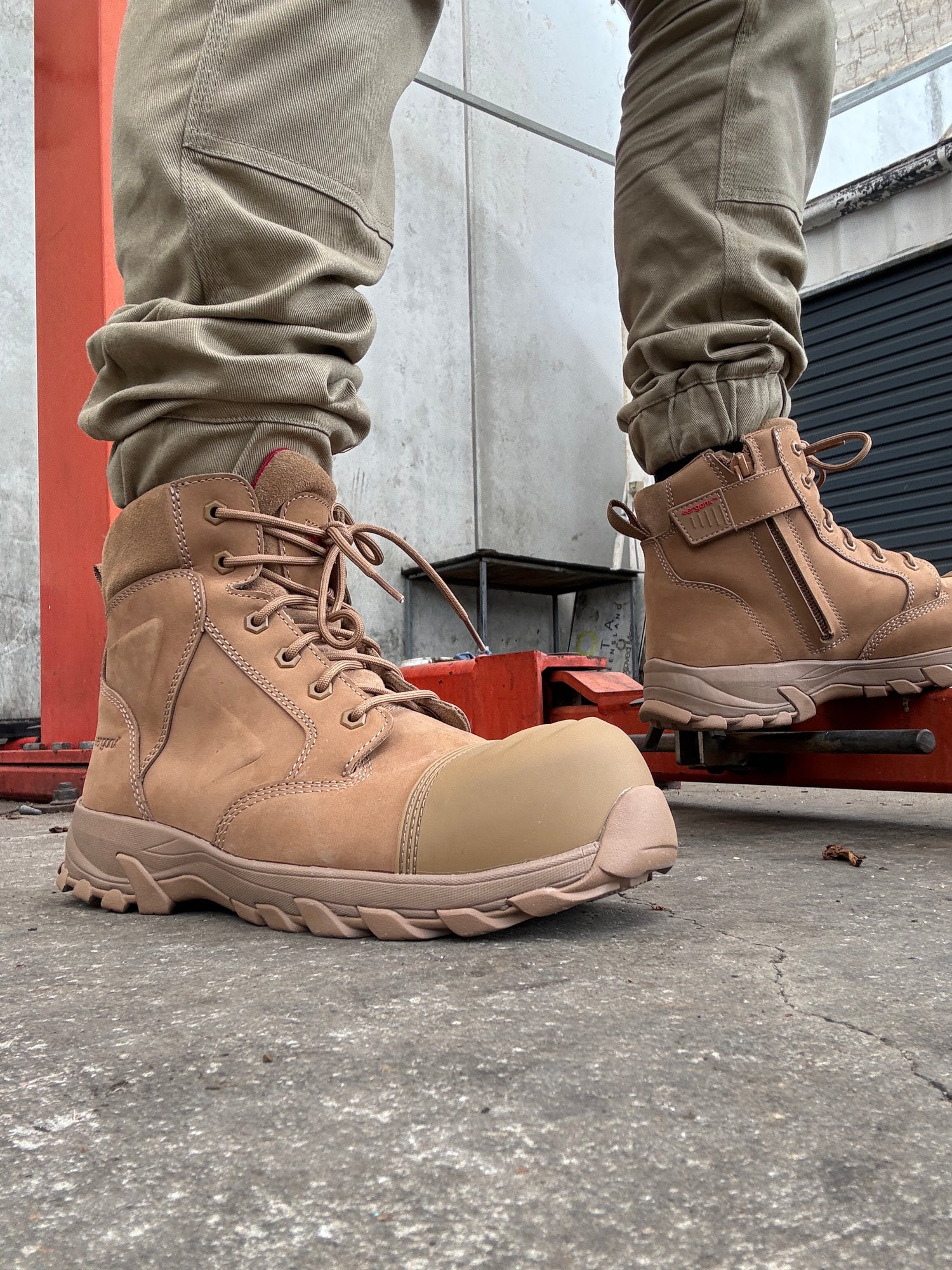HOME / FOOT HEALTH/ WHY ARE CORNS SO PAINFUL
Corns are a common foot problem that can cause a lot of irritation and pain. These hardened patches of skin form due to prolonged pressure on specific areas of the feet. Corns can cause discomfort with each step, making walking or wearing shoes a challenge. By understanding the causes, symptoms, and treatment options for corns, we can better determine ways to find relief and prevent their recurrence.
In this article, we delve into the world of corns, take a look at their formation, and discuss the factors that explain why they are so painful. We also review some effective strategies for managing and alleviating the pain they cause.

Corns are made up of thick layers of skin that have formed in response to repeated pressure or friction.
How are corns formed?
Corns typically develop on the weight-bearing parts of the feet, such as at the soles, toes, and heels. Prolonged pressure on the skin causes the upper layers to harden, resulting in the formation of corn.
This hardening process perpetuates a cycle where the increased pressure leads to the development of more hardened skin, which, in turn, causes additional pressure. This repetitive cycle can result in the creation of a small rock-like structure embedded in the foot.

Repetitive movements, such as hiking and long-distance running, that place repeated irritation on the skin can induce corn formation.
Corns vs Calluses: What’s the difference?
While both growths are made up of hardened skin, corns and calluses differ in their structures. Calluses typically form over larger patches and they are often painless. They are the body’s natural way of protecting the skin from friction. In contrast, corns are generally smaller and more localized. Another way to differentiate them is that corns usually have a core or “plug” in the centre surrounded by a raised ring of skin. Unlike calluses, corn can be quite painful, especially when direct pressure is applied.

Corns are smaller and deeper than calluses.
The Relationship Between a Corn’s Shape and Pain
The shape of corn can indicate its level of discomfort. Corn comes in a range of sizes and shapes. When pressure is applied, such as during standing or walking, concentrated forces cause significant pain. Some have described the feeling as being comparable to stepping on a needle or a rock in your shoe.
How can we treat corn?
Treating corn involves reducing the pressure that caused its formation in the first place. Regular visits to a podiatrist or foot specialist are also recommended for effective treatment. Here are some common treatment approaches:
- Debridement—The callus cap (thickened skin that forms over the corn) is removed carefully with a scalpel by shaving the affected area. This procedure often provides immediate pain relief.
- Core removal—For corns with a pointed shape, it is crucial not to cut the surrounding living tissue. Instead, a skilled podiatrist gently excises the core of the corn using a scalpel.

If left untreated, corn may grow larger in size, so early detection and prevention measures are key.
Prevention and Long-Term Management
Corns can reoccur, so it is important to adopt preventative measures. Here are some recommendations.
- Regular treatment—Checking in with a foot specialist at regular intervals can facilitate early detection in the event a corn returns.
- Moisturization—Applying a moisturizer to your feet can help keep the skin soft and supple, reducing the likelihood of corn formation.
- Footwear selection—Wearing well-fitted shoes that provide enough support and cushioning can help distribute weight more evenly under the foot and reduce pressure on vulnerable areas.
- Orthotic insoles—Using orthotic insoles can provide additional support and alleviate stress.
In summary, corn can be incredibly painful due to the pressure they exert on the feet. Understanding the causes and treatment regimens for corn is essential in their management. With a combination of preventative efforts and professional help, corn can be properly identified and treated.
If you have any questions about corn, treating corn, or foot health, please comment below! You can also reach out to our team at ergonx.com.au!


